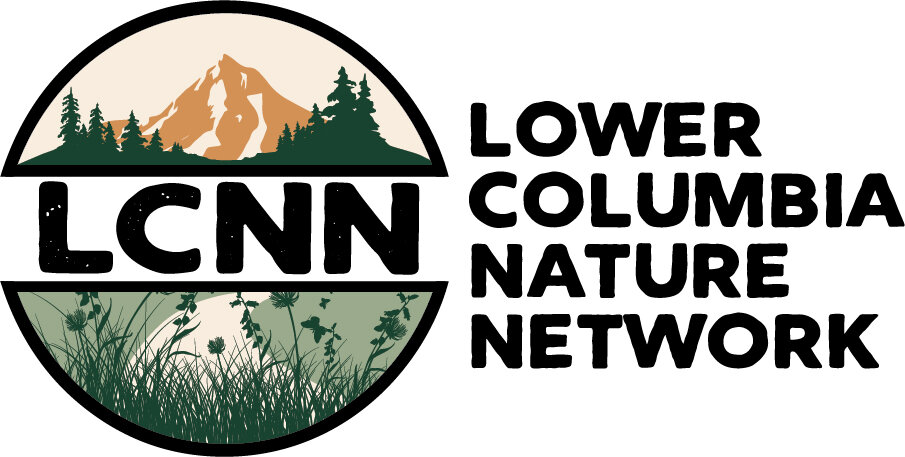Creating a volunteer program that enhances your organization and increases capacity - a panel discussion
Our March Lower Columbia Nature Network meeting focused on volunteer programs. Many of our network partners rely on volunteers to keep their programs running, but the challenges can sometimes feel like they outweigh the benefits.
We tapped into our Lower Columbia Nature Network knowledge collective heard from a few colleagues who work with volunteers regularly. They shared some great tips for programs just getting started and mature programs as well.
Panelists included:
• Kaley McLachlan Burton, Volunteer Program Coordinator, Clark County Public Works
• Jared Strawderman, Stewardship & Community Engagement Coordinator, Gorge Refuge Stewards - Steigerwald Lake, Franz Lake, Pierce NWR's
• Elena Tinoco, Volunteer Coordinator, Friends of the Ridgefield National Wildlife Refuge
• Stasia Honnold, Washington Trail Association, SW Regional Trails Coordinator
Watch the full video below:
Here are a few of the highlights of the discussion, but be sure to watch the full video for all the details.
• The role of volunteering program in the organization can look different. For non-profits, it can be and essential piece to get work done. For governments, the volunteer program may be more about how best to engage the community. It can be the biggest tool to getting to know the community and also allow them to learn about their government.
• Volunteer programs can connect people to nature through stewardship. It can allow stewardship options and opportunities close-in or back-country. It can be a way to give back and dive deeper into the work.
• Volunteers help land managers meet their goals.
• Be inclusive, engage new audiences, the focus is on people, not always projects.
• Volunteer programs give lots of exposure, ways to educate the people about nature, and opportunities to learn from experts, etc.
• Clearly define activities in common language on the web page
• There are various ways to reach out. Build relationships with local groups.
• Use FlashAlert for free media outreach. Use a press release. Earn the visibility within the community.
• The way we train volunteers can be a barrier. Some have family obligations, sensory issues of being in a large group, etc. - Some use Google Earth, Slides and Forms to introduce training including training quiz to make sure people are getting the info.
• Tracking volunteers: moving away from spreadsheets to volunteer focused software. Google spreadsheets can work for small organizations
• For training, use videos for important points and a well crafted, descriptive script.
• Safety protocols - first and most important requirements, like wilderness first aid, tool use, navigating the terrain.
• Mental and emotional safety training - make sure everyone is welcome and feels safe on site. Can raise questions as needed.
• Structure of volunteer program - staff may not want to work with volunteers given bad past experiences. Can be one of the hardest things to set up - Goals and vision for the program - education and engagement OR get work done, what are the barriers to your program (i.e. lack of buy in from staff). Use these areas to then set up a structure to meet those goals.
• Create a clear definition of volunteer roles with staff buy-in.
• When to say yes or no to a volunteer that has some control to continue to build success and manage liabilities, neighbor relationships, etc.
• Setting clear expectations for volunteers, especially if you are training the trainers to be crew leaders. Make sure they are good at working with people, address behavior issues, leadership training, addressing microaggressions, emergency response protocols, incident reports (behaviors or accidents).
• Take information from the field and incorporate into trainings. Invest in the volunteers and show that we value them and their expertise
